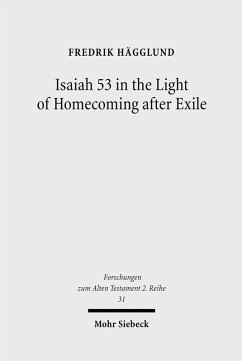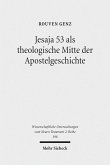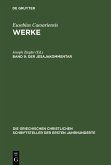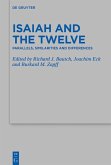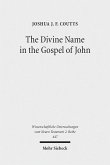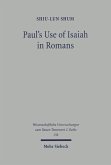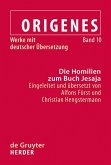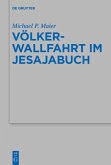In this study, Fredrik Hägglund presents an interpretation based on a hypothesis that conflicts emerged between the people in the land of Israel and those who returned from exile. He analyzes these conflicts with the help of contemporary refugee studies, other texts of the Old Testament, and also relevant passages in Isa 40-55. At the end of the exile, there was hope that the deported people would return to Israel, that it would be rebuilt, and that Jerusalem would again flourish. This hope is most clearly expressed in Isa 40:1-52:10. However, as time went by, there was a realization that the envisaged glorious return was in reality a rather limited return, and the joy of receiving those who returned had turned into conflicts, not least regarding the possession of land and the availability of places to live. In this situation, someone probably reflected on the message of Isa 40:1-52:10 and sought to understand what had gone wrong. Isa 53 was then inserted as an explanation of how the people in the land of Israel, i.e. the 'we,' should have received those who returned, i.e. the servant. If this embrace had taken place, Mother Zion would have rejoiced, as described in Isa 54. Instead of these pictures painted for us in Isa 53 and 54, we encounter the reality of the conflicts described in Isa 56-66.
Dieser Download kann aus rechtlichen Gründen nur mit Rechnungsadresse in A, B, BG, CY, CZ, D, DK, EW, E, FIN, F, GR, HR, H, IRL, I, LT, L, LR, M, NL, PL, P, R, S, SLO, SK ausgeliefert werden.

